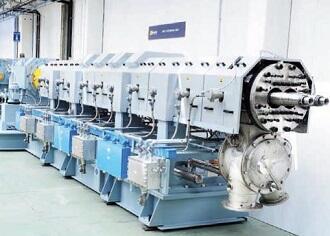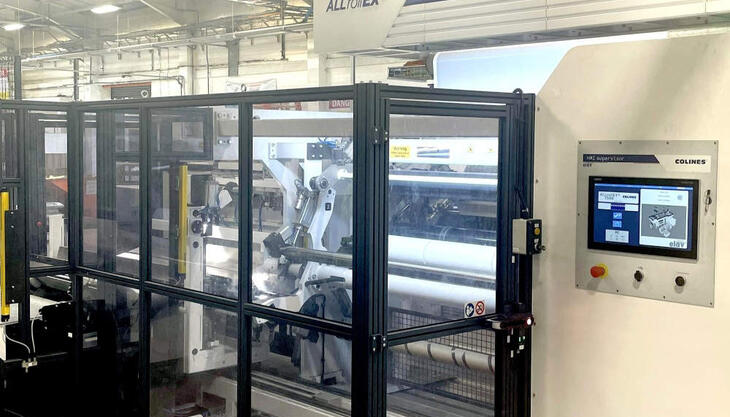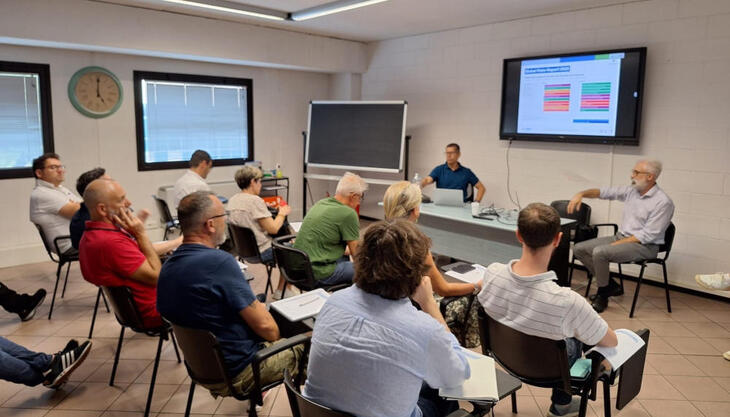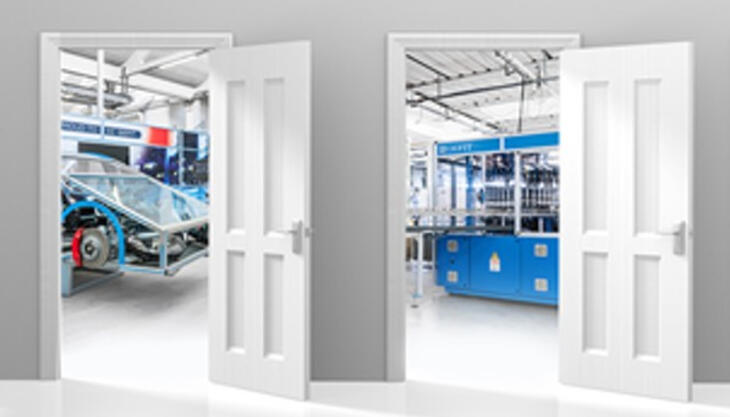POM production with reactor extruders

At the end of the 80’s Maris received a very important and challenging request: to test our corotating twin-screw extruder as a “reactor” extruder, for the continuous polymerization of POM. This idea was born by a group of chemists from a North Eastern European Research Institute. The process they wanted to obtain by our “reactor” extruder was to feed a certain number of monomers in liquid form and to achieve, at the end, a polymer.
The test done at Maris Technological Center with the laboratory twin-screw “reactor” extruder was giving promising results. This was also possible due to Maris previous experiences in “reaction extruders” for other kind of process, always starting from liquid monomers for obtaining the proper reaction and a good polymer.
After many other tests, the first production line was put into operation with very satisfying results. From that moment, other important tasks have been achieved. These “reactor” extruder lines are composed by two extruders in cascade. The first one, acting as a chemical reactor, is performing the most important task: to transform liquids into crystalline polymer. After the polymerization, the powder goes to an intermediate phase, where polymer is grinded, dried and the catalyst is deactivated.
The final step is the thermostabilization and granulation, achieved in the second twin screw extruder, where the POM is degassed to remove the unstable fraction of the polymer (some special vacuum pump are used for this operation). These lines are installed next to the chemical plants for having constantly access to raw materials.
Very important results have been achieved in this sector and a considerable number of lines have been installed. Maris “reactors” twin-screw extruders are recognized as one of the best solution for continuous production of POM.
















